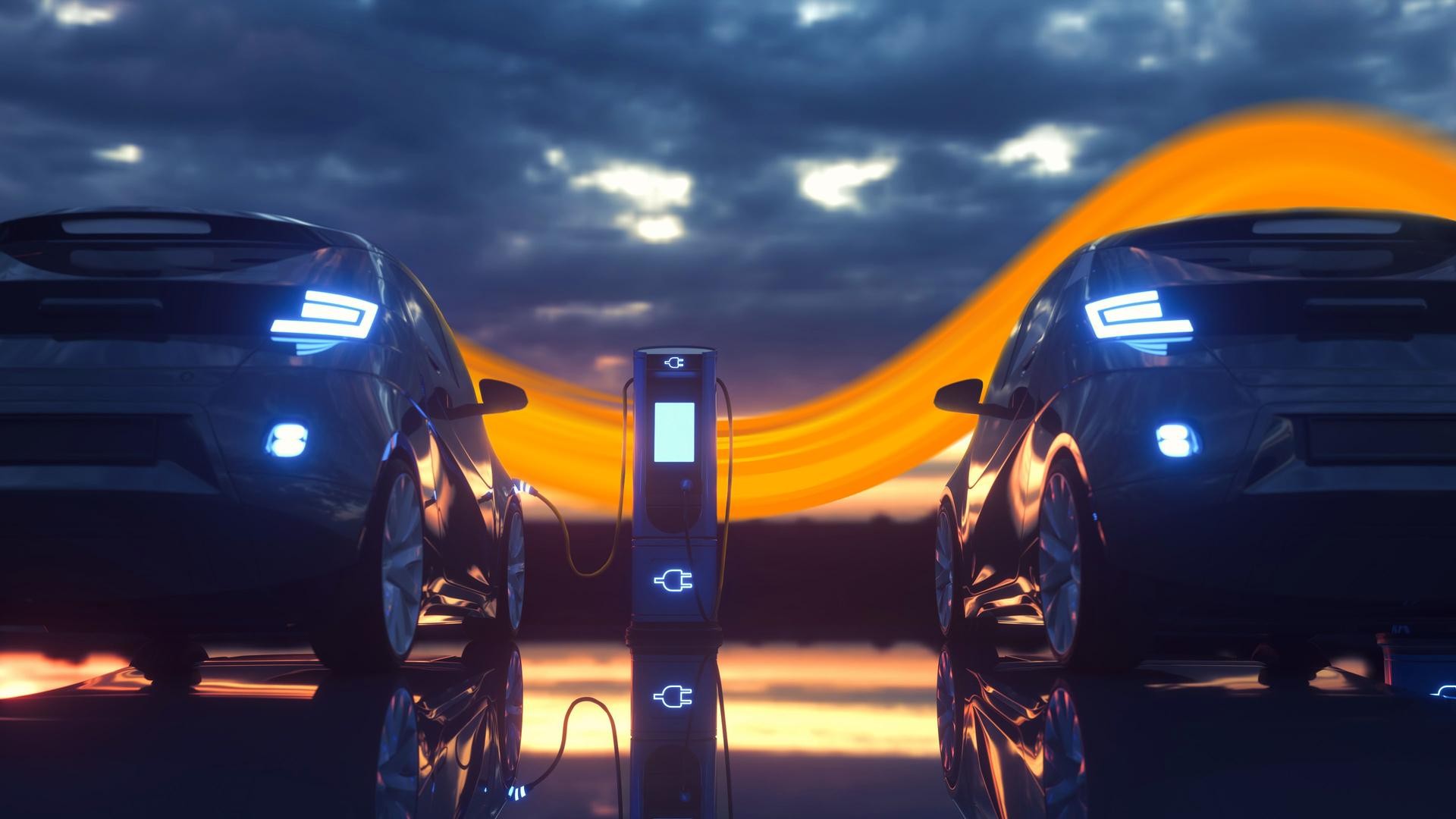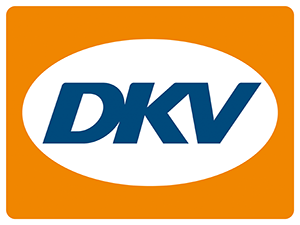Charging infrastructure - A Europe of different speeds

The European Union (EU) has decided to phase out the internal combustion engine for cars from 2035. From then on, cars powered by petrol or diesel will no longer be allowed to be newly registered. It is hoped that 30 million e-cars will be on the roads in the EU by 2030. This is an ambitious goal, because in Germany, for example, only about a million purely electric cars were registered at the beginning of 2023.
The main prerequisite for the success of the European transport revolution is likely to be a comprehensive supply of public charging points. But will the expansion of the infrastructure keep pace with the expected growth in e-fleets? That depends. "We are currently experiencing a Europe of different speeds in this regard," explains Kevin Hochstätter of DKV Mobility.
The Netherlands and Norway are leading the way and already have a fairly dense network of public charging points. Austria is also "doing a lot right at the moment," says the e-mobility expert. A major issue in the Alpine republic at present is billing at charging points that conform to calibration law, so that customers ultimately have transparency as to how much electricity they have actually used when charging.

Kevin Hochstätter, Supplier Country Manager e-mobility
Expansion in many Eastern European countries is much slower. "There, progress is often slow," says Hochstätter. The main reason: capital is rather scarce, and the investment risks appear too high to many operators. "That makes it all the more important for countries like Germany to move forward much more strongly," says Hochstätter. At the same time, the expert admits that "although Germany has made some progress recently, it still falls well short of expectations." He has identified supply bottlenecks in the past, but above all slow approval processes, as a stumbling block. "The suppliers of charging stations are highly motivated, but when approvals take six to twelve months, that naturally slows things down considerably."
Against this backdrop, how realistic is the European Union's goal of soon offering charging options at least every 60 kilometers along the main transport axes of the Trans-European Transport Network (TENT)? "Ambitious, but definitely feasible," says Hochstätter. He also sees his own company as having a responsibility in this regard: as a leading service provider in the transport sector, DKV Mobility is ultimately committed to the goal of making a significant contribution to more efficient and sustainable mobility. "As the European market leader in fuel cards, we should also be a role model."
To this end, the company has embarked on several ambitious projects and has now reached important milestones. In the case of public charging points, where payment can be made with the DKV card, the number of half a million has just been reached. The goal is to ensure nearly 100 percent coverage in major markets such as Germany, France, Italy, and even non-EU member the United Kingdom. "Customers with e-vehicles should be able to rely on the fact they can charge at any service station along the way and pay with the DKV Card," Hochstätter emphasizes. In addition, DKV Mobility also offers its customers solutions for charging company vehicles on their own company premises or at the homes of company car drivers with its @Work and @Home products. The subsidiary GreenFlux, based in Amsterdam, supports charging point operators with innovative software.
"The market is growing rapidly, car manufacturers are coming up with new, innovative models, and the buyer structure of e-cars is also changing - away from early adopters and towards ordinary drivers. In short, it's fun," says an optimistic Kevin Hochstätter, summing up the situation of e-mobility in the light of these facts.
